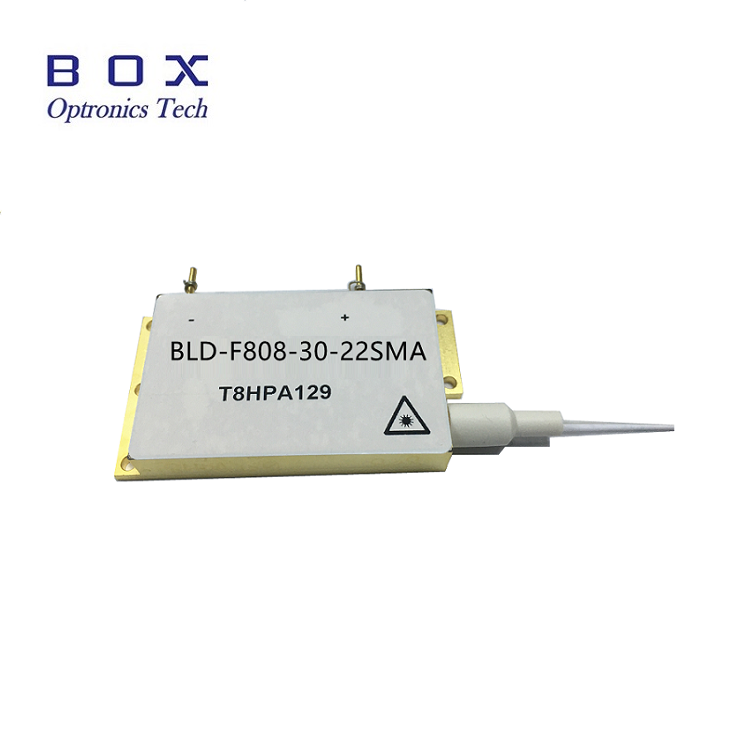Unveiling the Key Factors Influencing Multimode Fiber-Coupled Laser Diode System Efficiency and Reliability
2024-05-14
In the realm of modern telecommunications, laser diodes coupled with multimode fibers serve as indispensable components, facilitating the transmission of data over short to medium distances with remarkable efficiency and reliability. However, the optimal performance of such systems hinges on a delicate interplay of various factors. Let's delve into the crucial elements that influence the efficiency and reliability of multimode fiber-coupled laser diode systems.
Precise Fiber Coupling
One of the foundational aspects affecting the efficiency and reliability of such systems is the precision of fiber coupling. Misalignment or inconsistency in coupling can lead to losses due to mode mismatch and increased divergence, ultimately compromising system performance. Employing advanced alignment techniques, such as active alignment or automated systems, ensures accurate coupling, minimizing losses and enhancing efficiency.
Laser Diode Characteristics
The characteristics of the laser diode itself profoundly impact system performance. Parameters like wavelength stability, output power, and beam quality play pivotal roles. Laser diodes with stable output over varying conditions reduce the need for frequent recalibration, enhancing reliability. Additionally, diodes with high beam quality result in better coupling efficiency and lower divergence, optimizing system performance
Fiber Quality and Length
The quality and length of the multimode fiber employed significantly influence system efficiency and reliability. Higher quality fibers with lower attenuation coefficients minimize signal losses during transmission, ensuring reliable data delivery. Moreover, the length of the fiber affects signal attenuation and dispersion, necessitating careful consideration to maintain signal integrity over the desired distance.
Environmental Factors
Environmental conditions can exert a substantial influence on system performance. Factors such as temperature fluctuations, humidity levels, and mechanical vibrations can impact laser diode stability and fiber characteristics. Implementing robust thermal management solutions, humidity control measures, and vibration isolation techniques safeguards system reliability and longevity, especially in demanding operational environments.
Optical Components and Connectors
The choice of optical components and connectors profoundly impacts system efficiency and reliability. Utilizing high-quality connectors and splices minimizes signal losses and ensures consistent optical performance. Additionally, integrating optical isolators and filters helps mitigate back reflections and external interference, further enhancing system reliability.
Power Supply and Control Electronics
Efficient power supply and precise control electronics are vital for maintaining stable laser diode operation. Fluctuations in current or voltage can destabilize laser output, leading to performance degradation or even premature failure. Implementing robust power regulation and feedback control mechanisms ensures consistent laser performance, enhancing system reliability over extended operational periods.
System Design and Integration
The overall design and integration of the laser diode system play a critical role in optimizing efficiency and reliability. Factors such as layout optimization, proper heat dissipation, and effective shielding against electromagnetic interference contribute to overall system performance. Additionally, thorough testing and validation procedures during system integration help identify and rectify potential issues before deployment, ensuring robust and reliable operation in real-world scenarios.
In conclusion, achieving optimal efficiency and reliability in multimode fiber-coupled laser diode systems necessitates meticulous attention to various interconnected factors. From precise fiber coupling and laser diode characteristics to environmental considerations and system design, each element plays a crucial role in determining overall performance. By addressing these factors comprehensively and employing best practices in system design and implementation, telecommunications professionals can ensure the seamless operation of these critical components in modern communication networks.


